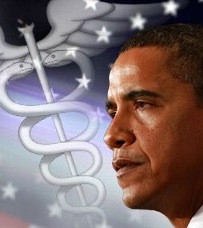What can be done? Anyone have some wisdom on this one?
The shortage of rural physicians is a “huge problem,” said Dr. Howard Rabinowitz, professor of family and community medicine at Thomas Jefferson University’s Medical College.
“About 20% of the population lives in rural areas but only 9% of physicians practice there,” said Rabinowitz who has studied the issue for more than 30 years.
He said insufficient insurance payments, administrative hassles tied to insurance claims, and rising business and malpractice insurance expenses are among the most commonly cited reasons for why rural medicine is losing appeal among doctors.
The United States has about 66 million people living in areas, both rural and urban, that the government recognizes as underserved, according to the Department of Health.
The agency estimates that about 7,438 primary care physicians are needed to bridge this shortfall.
In addition, Rabinowitz said trends at medical schools are further exacerbating the rural medical care crisis.
Fewer people from rural areas are applying to go to medical schools, he said, and about half of the students from rural areas don’t want to go back to their communities to practice medicine.
“Nothing will fix everything,” said Rabinowitz. “But if things get even marginally better, then people become more optimistic and may look for opportunities, even in rural areas.”
At the same time, he said unless rural doctors are better paid, there’s little hope of improving their numbers.
Medicare already gives a 10% bonus payment to physicians who provide care in certain types of doctor-starved communities.
Under the new health care legislation, beginning in 2011 and ending in 2015, those same doctors will receive an additional bonus depending on the type of care they provide.
“After 2015, Congress would have to act to make [the bonuses] permanent,” said Dr. Lori Heim, president of the American Academy of Family Physicians (AAFP)

